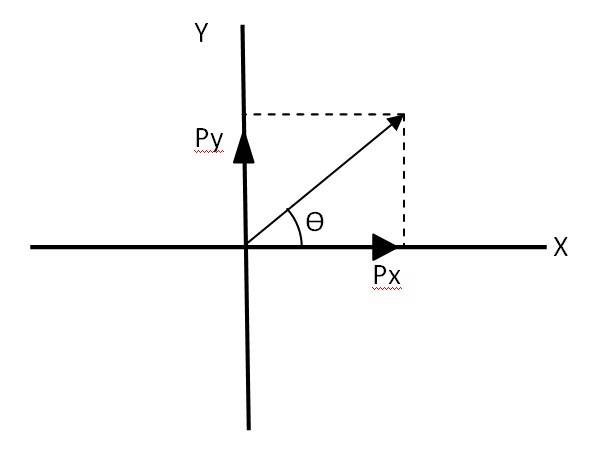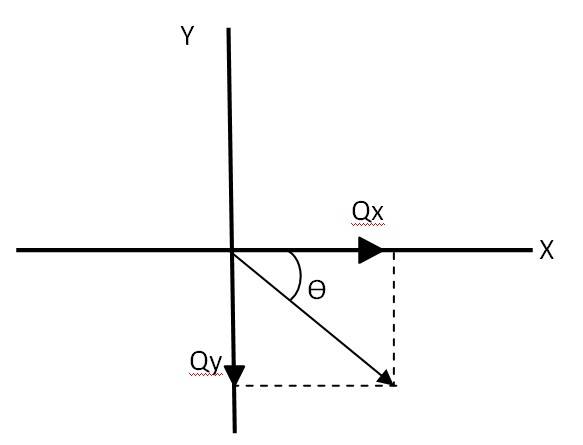What is Surface Tension? Explain the molecular origin of surface tension and give an example of its effects.
-
1 Answer
-
The property of a liquid surface which lets it behave like a stretched elastic membrane is called surface tension. It is the force per unit length acting in the plane of the interface between any medium such as air and liquid, tending to contract the surface area. In the cohesive forces between the liquid molecules lies the molecular origin of surface tension. The bulk of liquid contains the molecules which are surrounded by other liquid molecules. It experiences attractive forces in all directions which balance out. The molecules at the surface experience net inward force due to no liquid molecules present above them to balance the co
...more
Similar Questions for you
Yes, there are many numerical problems in class 11 Physics. All important formulas must be on figure tips.
Class 11 Physics Chapter 11 is Thermodynamics. It is one of the most important topic in Physics.
There are three main processes Isothermal, adiabatic and cyclic process. In isothermal, the system is thermally conductive and the temperature remains constant. In adiabatic process, the system is thermally isolated and there is no change in heat temperature. The system returns to its initial stage in the cyclic process.
4.22

Let us consider a vector . The equation can be written as
Px = Py = 1 = = = …….(i)
So the magnitude of vector + =
Let be the angle made by vector , with the x axis as given in the above figure
= = , = 45 with the x axis

Let = -
– = ( –
= = 1
= =
Hence = . Therefore the magnitude of ( + =
Let
Taking an Exam? Selecting a College?
Get authentic answers from experts, students and alumni that you won't find anywhere else
Sign Up on ShikshaOn Shiksha, get access to
- 66k Colleges
- 1.2k Exams
- 680k Reviews
- 1800k Answers
